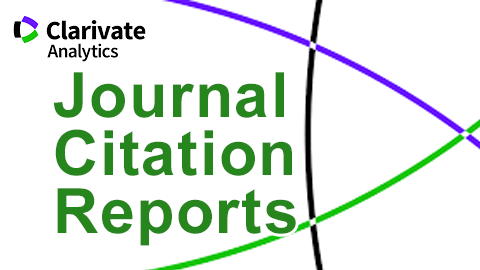Where to publish?
Choose the scientific journal in which the research carried out will be published is one of the most necessary and important task to take in to account. The right journal for your article may involve:
- a high number of citations
- more visibility
- greatest impact
- a higher H index
- copyright control
- greater impact on evaluation processes and accreditations
- greater diffusion in repository
IQS library recommends you...
Check which journals exist in your area, those journals that publish similar articles. One of the most effective ways is to see the databases, to examine which authors publish, the type of articles that are published, the scope, or which articles are cited. Keep in mind if you need your article to be published in Open Access (OA). It is also important to know which publishers to avoid and where it is not advised to publish. It is important to avoid those journals of publishers considered predators, and therefore, in which journals they should not be published.
Some basic tools to choose the best journal for your articles are:
|
|
Think.Check.Sumbit consists on a list of recommendations to know how to choose the right journal to publish, through a series of questions that help to create a working script, in order to develop guidelines for publishing scientific articles.
|
|
|
Sherpa / Romeo is an online resource that has the copyright and open access policies of publishers and magazines at an international level. It also provides information on self-archiving or deposit policies in repositories, versions to be deposited, or the time of embargo. |
|
|
If you need to publish in Open Access, because your research is financed with public funds, in addition to consulting the above tools you can consult this directory, Directory of Open Access Journals (DOAJ). DOAJ allows you to search for articles by journal, article or keyword, selecting the field of research, type of publication licenses, whether they have the DOAJ quality seal, the publisher, or the language of the publication. |
Algunes editorials tenen eines per trobar quina revista és la més adient segons els seus motors de cerca:
| Find the perfect journal for your article (Elsevier) |
|
This Elsevier tool allows you to make a search where you must indicate title and abstract, you can also select the field of research and indicate if you want an Open Access journal. The results that you can obtain are the titles of journals, the impact factor, by CiteScore, the speed of the review, the percentage of acceptance of articles, if the journal publishes in OA, what seizure time has in case you want to put in some repository and the expenses (APC) for publishing in OA. Access to Elsevier Journal Finder |
| IEEE publication recomender |
|
This is the IEEE tool that recommends you where to publish. You can select if you want the recommendation to be a publication in a journal or conference, the search can be by keyword, title, abstract or attaching a file. The results you retrieve show whether the journal is Open Access, what impact factor it has if it is a journal, or the title, place and date, if it is a conference. Access to IEEE publication recomender
|
| Wiley Journal Finder |
|
This Wiley tool indicates which journal is more compatible in relation to the text to be published. The title and the abstract of the text must be entered so that a list of results appears indicating the title of journal, the relevance, if published in Open Access, the main editor, the impact factor and its place in the ISI Ranking. Access to Wiley Journal Finder |
Journals are evaluated according to the indicators relevant to their impact, through citations and other metric indicators. Thanks to different resources, it is possible to evaluate which journals will be the most suitable to encourage greater impact.
 |
JCR (Journal Citation Reports) This tool presents statistical citation data from 1997 onwards, providing a systematic and objective way of determining the relative importance of journals within their thematic categories (journal impact factor). It is presented in science edition and social science edition, covering more than 7,600 revised and most cited publications in the world, from approximately 220 disciplines form more than 3,300 editors. Thanks to this Web of Science tool you can know the impact and influence of the publications in this database on the global research community. JCR helps measure the influence of research and shows the relationships between the journals cited and those cited. |
 |
Scimago Journal Report You can select if you want the recommendation to be a publication in a journal or conference, the search can be by keyword, title, abstract or attaching a file. The results it retrieves show whether the journals is Open Access, what impact factor it has -if it is a journal-, or the title, place and date -if it is a conference-. |
Other tools and resources for choosing the right journal
-
MIAR: Matriu d'informació per a l'Anàlisi de Revistes (UB): MIAR is an information matrix with data from more than 100 sources, corresponding to journal repertoires and indexing databases and international summaries, which is elaborated with the purpose of providing useful information for the identification of scientific journals and the analysis of their dissemination.
-
Revistas Excelentes: List of journals considered Revistas Excelentes, that possess the Seal of Quality of the FECYT.
-
Classification CARHUS Plus+ 2018: Classification of scientific journals in social and human sciences of the Agència de Gestió d’Ajuts Universitaris i de Recerca de Catalunya.
-
Integrated Classification of Journals: A classification that distributes social and human sciences journals in five groups or levels of quality. Excellence A+, A, B, C and D.
-
Latindex: System of verification of a set of quality criteria by Spanish and Latin American scientific journals.






